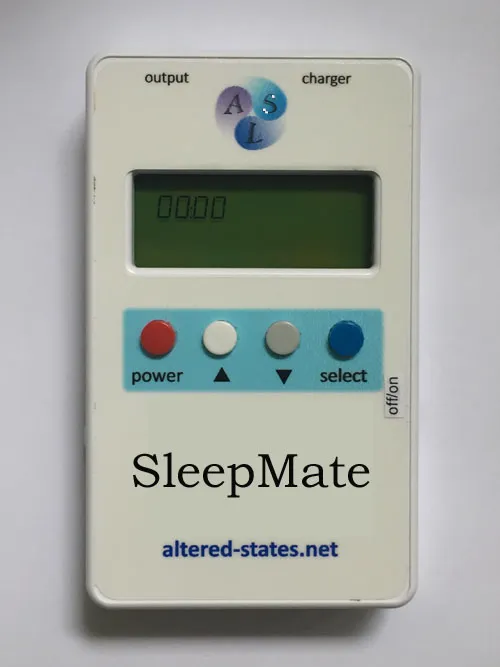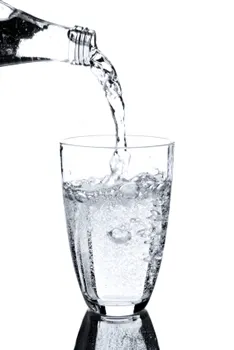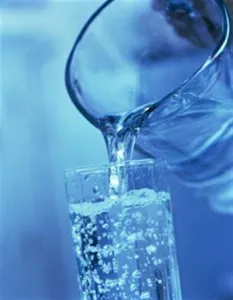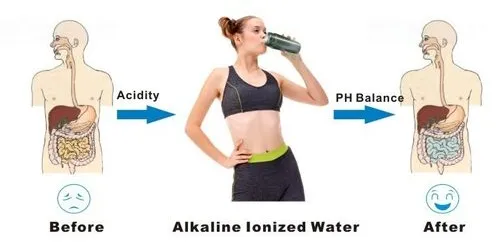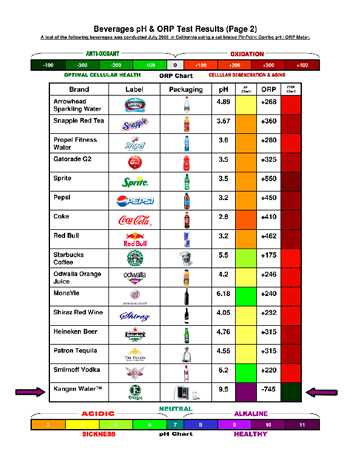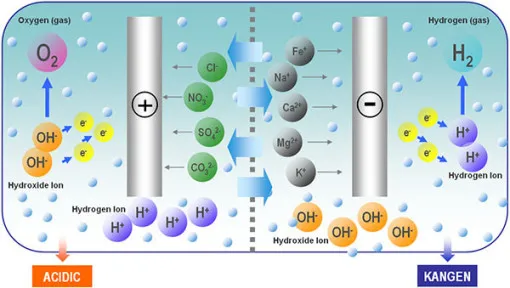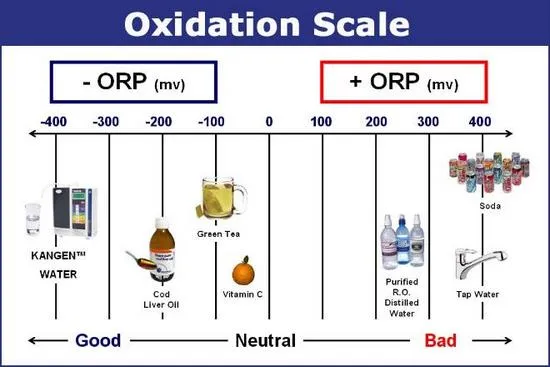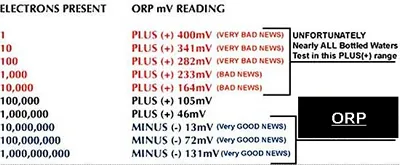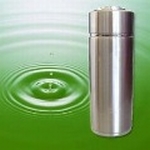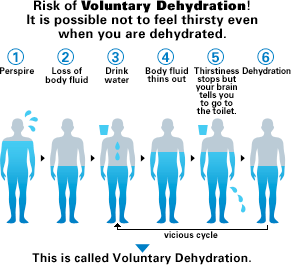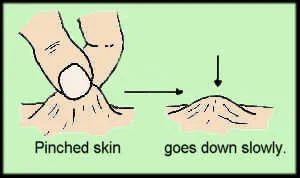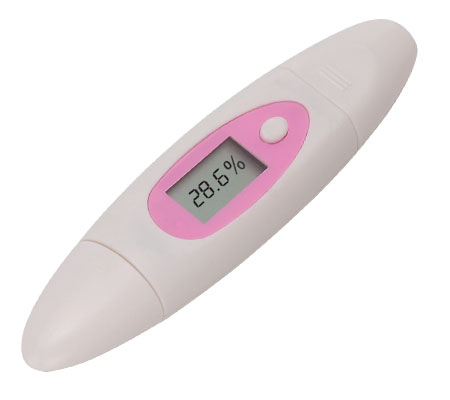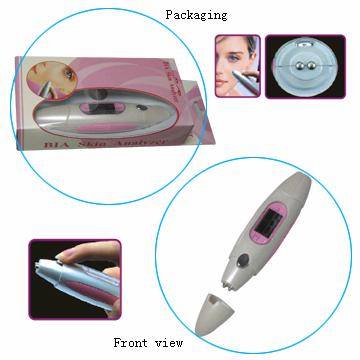BIA Skin Moisture AnalyzerNZ$33.17Approx USD$19.96
WATER is life Water—we take it for granted! We use it every
day for cooking, drinking, bathing, swimming, and fishing;
we use it for our pets, our livestock, and our backyard
birds. Although water covers almost 70% of the earth's
surface, it is not limitless. Every drop of water that
exists on the planet today was here in one form or another
the day our planet came into being! The intake of water on a regular basis is essential for may reasons. It's responsible for lubricating your joints, it acts as a shock absorber in the eyes and the spinal cord and aids in maintaining body temperature. Water also plays an important role in respiration, digestion, assimilation, metabolism, and waste removal. It also keeps the pressure, acidity, and composition of all chemical reactions in equilibrium.
Water is necessary to take nutrients into the cells and to flush wastes from the cells. Think about the amount of water that is expelled from our bodies every day. Copious amounts of water are required to digest food and eliminate wastes. Water in the kidneys neutralizes acidic wastes and sends them out in the urine. Water is expelled during respiration and is continually being moved through the skin to moderate temperature and flush the tissues of the skin. Water is also required for every metabolic process, so that nothing can happen without water. Ultimately, when water is lacking in our cells, organs cannot function properly and toxins are allowed to build up.
Why should you drink water?
Benefits of Drinking Alkaline, Ionized Alkaline water is a powerful antioxidant, it promotes detoxification, the water’s hydrating power is second to none and it helps balance the body’s pH. Our body can be very acidic because of the types of food
we eat. When you drink a lot of soft drinks and frequently
take in fast foods and process foods, you are slowly building
up the acidity in your body. This makes you more prone
to diseases. A healthy body has a pH in the range of 7.34-7.40.
Drinking ionized water helps to detoxify the body of acid
waste. The ‘micro clustered’ water is able
to infiltrate tissue and cell walls more easily than normal
H2O, even areas that could not be reached before.
Oxidation Reduction Potential (ORP) When your tap water arrives at your home, it will usually
be a little over neutral in pH ~ around 7.5. The measurement of this positive or negative charge is expressed in millivolts, so an ORP reading on our ORP meter of tap water will most likely depending on your area show around +350 millivolts. After it has been through Ionizing Water filters it will most likely show anything from -150 to -650mv (depending on the amount of soluble minerals in the water and on the original pH of the water). ORP is a "potential" energy that is stored and ready to be put to work. An analogous way to look at ORP would be to consider pressure. When you blow up a balloon you use energy that creates force. As long as the balloon remains closed, this force is a “stored potential energy” in this case measured as air pressure. When released, this “potential” energy becomes kinetic energy. Potential electrical energy in liquid can be measured. It is measured with an ORP meter. These meters display extremely slight, and highly variable differences in the electrical properties of water. ORP readings are expressed in millivolts (1/1000 of a single volt). ORP meters range in price from $100 for a handheld “tester” to over $3,000 for more sophisticated laboratory equipment. ORP measures the presence of oxidizing or [oxidation] reducing agents by their specific electrical charge, thus Oxidation Reduction "Potential". Oxidation in simple terms is what turns an apple brown after it is cut or causes metal to rust. Rust weakens metal and signifies the deterioration of the apple. High pH water has more "reducing" agents (-ORP) and low pH water has more oxidizing agents (+ORP). In electrical terms, potential energy can be measured. When we use the term "potential" in describing ORP, we are actually talking about electrical potential as expressed in millivolts. This potential is measured in water with an ORP meter. What you measure is the very slight voltage in water. We are actually measuring the presence of oxidizing or reducing agents by their specific electrical charge, thus Oxidation Reduction "Potential". High pH water has more "reducing" agents (-ORP) and low pH water has more oxidizing agents (+ORP). The ORP of most tap water in the USA is between +150 to +600mv and so is an oxidizing agent. High pH ionized water demonstrates a –ORP and so is a reducing agent or “antioxidant”. Aging or premature aging is a process of oxidation within the body. In other words the body rusts and is damaged by oxidation. The antioxidant molecule has an extra ion and donates it to the free radical effectively neutralizing it which is very important to our health and longevity. This antioxidant effect is also known as Oxidation Reduction Potential (ORP). Air, food and water have an Oxidation Reduction Potential (ORP) value which can be measured by an ORP meter which is a millivolt measurement of negative and positive electrical values .The higher the negative ORP value the healthier is for us and more powerfully we can neutralize free radicals The benefits of being well-hydrated: Have you heard the saying that 8 glasses of water a day helps keep your skin healthy? It's true, but there are other benefits to getting those 8 glasses or more: If dehydration is the removal of water from an object, then the treatment of dehydration to reverse its effects would logically be rehydration
Are you Dehydrated Individuals' daily water requirements can vary due to many factors - including amount of exercise performed, total body weight, total lean muscle weight, and the temperature and climate of your locale. Many people wait until they are thirsty before reaching for a bottle of water. However, thirst is a very unreliable measure of the water needs for our bodies. The body can lose up to 2 or more cups of water before thirst strikes. Not getting enough water may result in a faster heart rate, thicker-than-normal blood, lowered endurance capacities, and muscle cramps. Drinking water in regular intervals throughout the day is an important habit to develop.
Beverages containing alcohol and caffeine should not be substituted for water. These types of beverages often have diuretic properties, meaning that it encourages the body to excrete more water. Diuretic substances promote dehydration. Many believe that since these beverages are a liquid substance, there is enough water in them to satisfy their daily water requirements. This is untrue, as the chemical compounds in these beverages cause you to let as much water go (if not more) as you consume it. Drink to prevent thirst, not to quench it.
Your body loses water even while sleeping. Drinking a glass of water before going to bed or after waking up will help your body function smoothly. Water is so essential to the body, that it is a requirement for proper immune system functioning. Whenever you get sick, your body requires more water to help it fight off infection. Fighting a cold or the flu can dehydrate your body quickly.
The Signs and
Symptoms of Dehydration
If the dehydration is allowed to continue unabated, when the total fluid loss reaches 5% the following effects of dehydration are normally experienced:
Be aware that these are not the only symptoms of dehydration that may manifest , these are simply the most common. Symptoms of dehydration will differ from person to person because the body is a complex network and everyone's body is different During dehydration, the only areas of the body that receive allotments are those where water is absolutely necessary. Blood, brain, kidneys, liver and digestive organs all take priority over the skin and connective tissues; without water, they begin to dry up. Your
Skin is often a very good pointer to your Bodies Hydration,, _
Features: Product Name: Skin analyzer The latest Bioelectric Impedance Analysis (BIA) technology immediately And automatically detects the skin conditions, such as moisture, oil softness And displays the result on LCD screen with convenient graphical illustration and description. Functions: |
Your IP Address is: 13.58.73.22
Copyright © 2025 Altered States. Powered by Zen Cart


